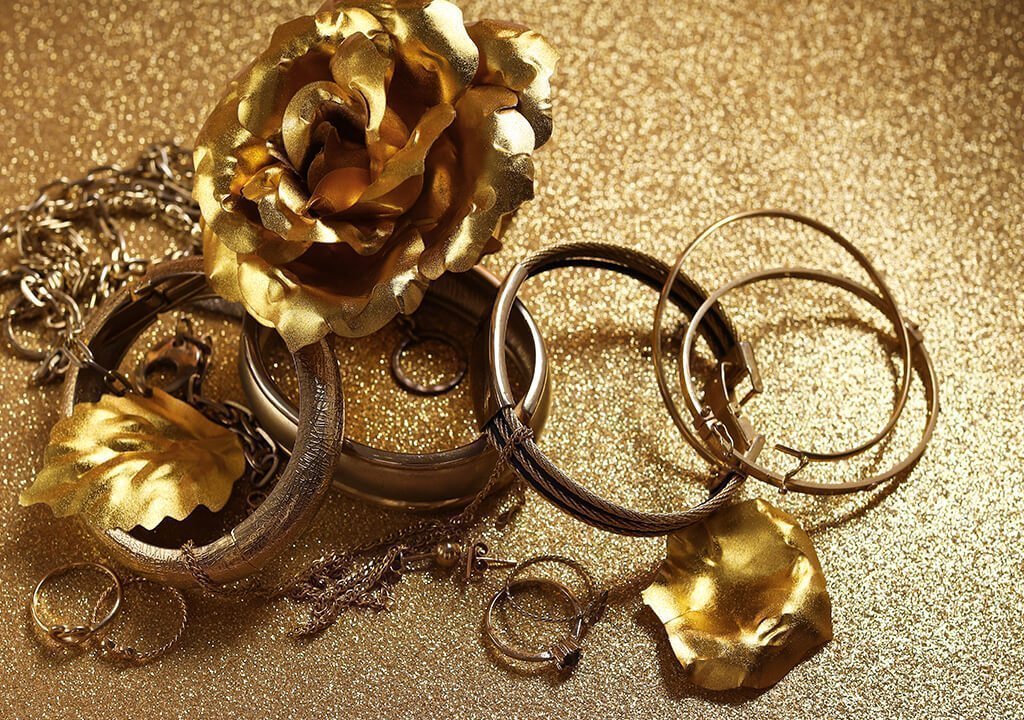Gold is a chemical element with the symbol Au (from Latin: aurum) and atomic number 79, making it one of the higher atomic number elements that occur naturally. In a pure form, it is a bright, slightly reddish yellow, dense, soft, malleable, and ductile metal.
Gold is the chemical element with 79 protons in each atomic nucleus. Every atom containing 79 protons is a gold atom, and all gold atoms behave the same chemically. In principle, we can therefore create gold by simply assembling 79 protons (and enough neutrons to make the nucleus stable)
Gold Bullion
Gold bullion refers to high purity physical gold in the form of bars or coins. In the distant past, legal tender gold coins were the preferred way to hold gold. They were easier to sell or trade than gold bars or nuggets. This remained true until famous refiners developed gold bars for the investment market.
Gold Dust
Gold Powder is a gold substance that crumbles or forms naturally during the processing of gold. It can be used for different purposes with the substances included in it. For example, in Gold-plated products.
Silver
Silver is made from heated sulfur compounds within the Earth’s crust. Silver was among the first five metals that humans discovered and began using. The others were copper, gold, lead, and iron. You will still find it in coins and jewelry to electrical conductors and antibiotics
Diomands, Jewelery
Jewellery is ornaments that people wear, for example rings, bracelets, and necklaces. It is often made of a valuable metal such as gold, and sometimes decorated with precious stones. Synonyms: jewels, treasure, gems, trinkets More Synonyms of jewellery.

